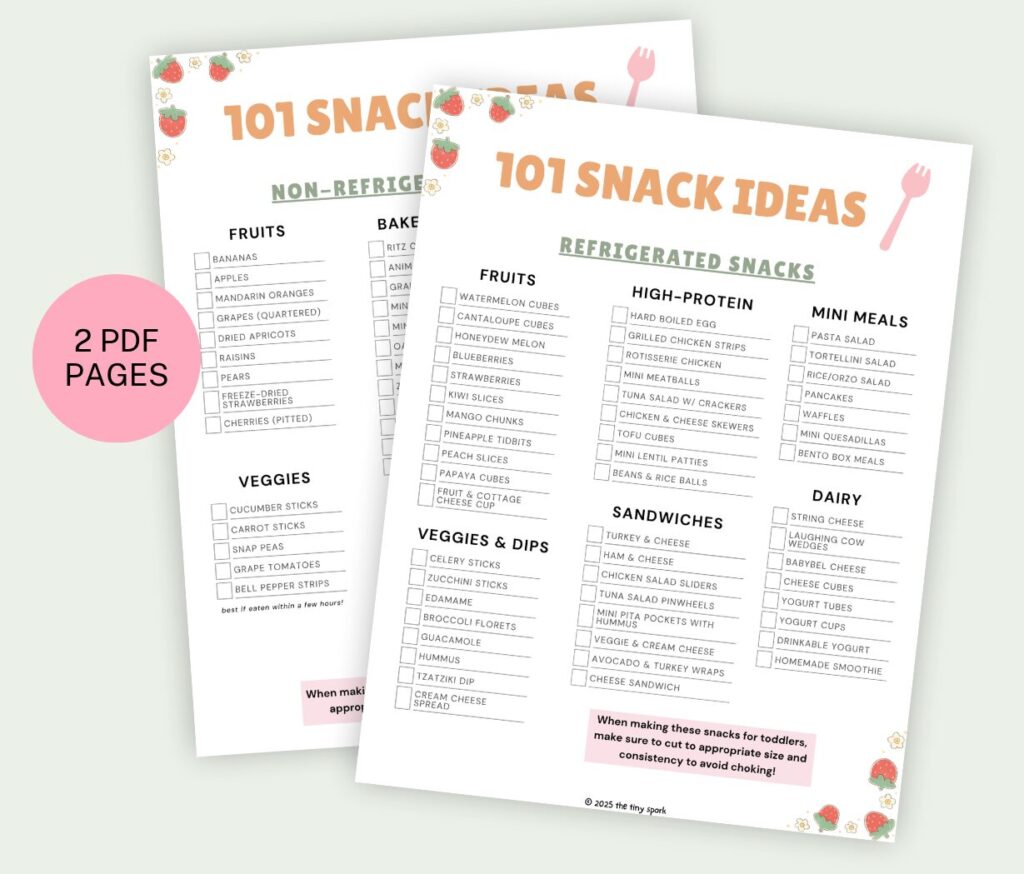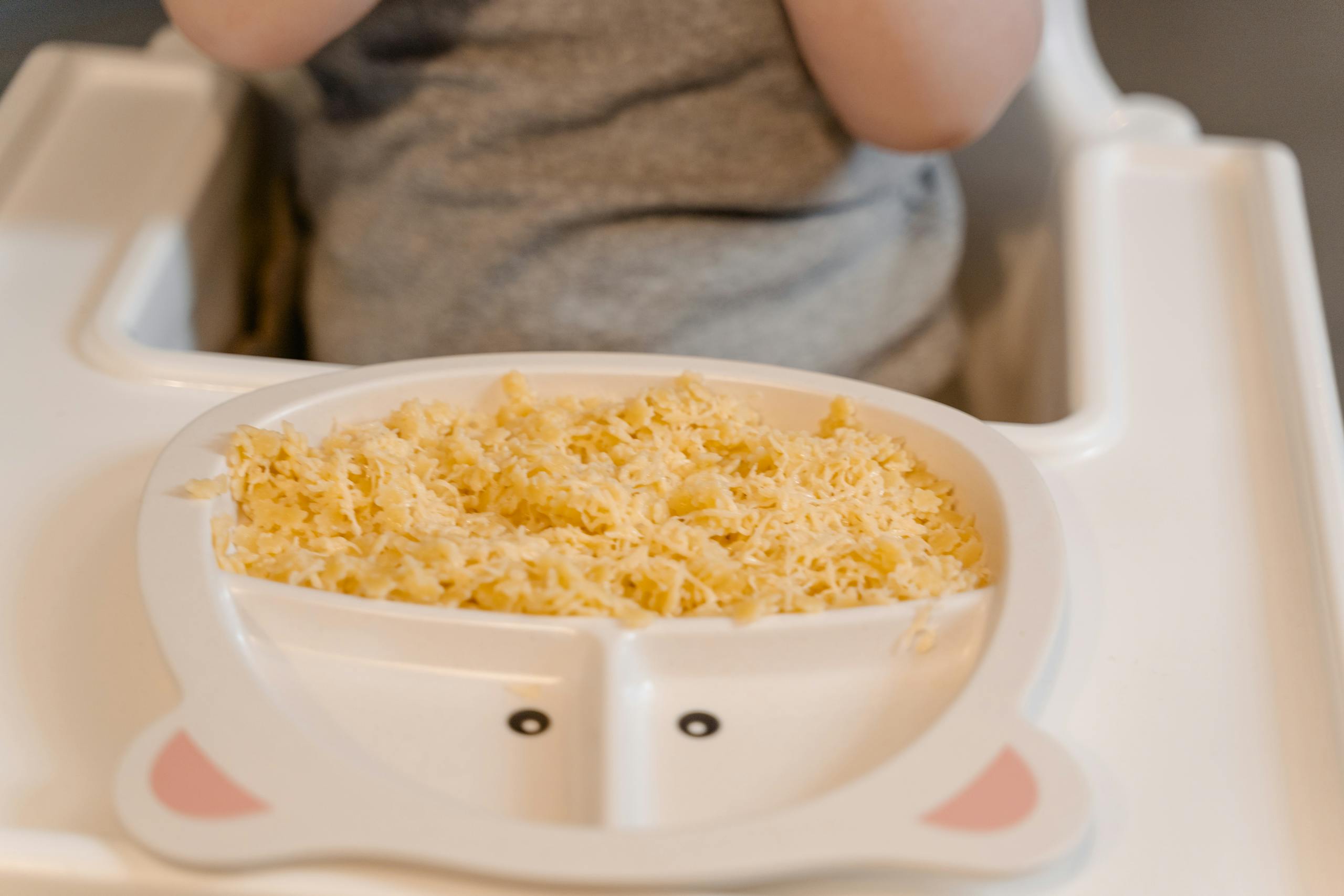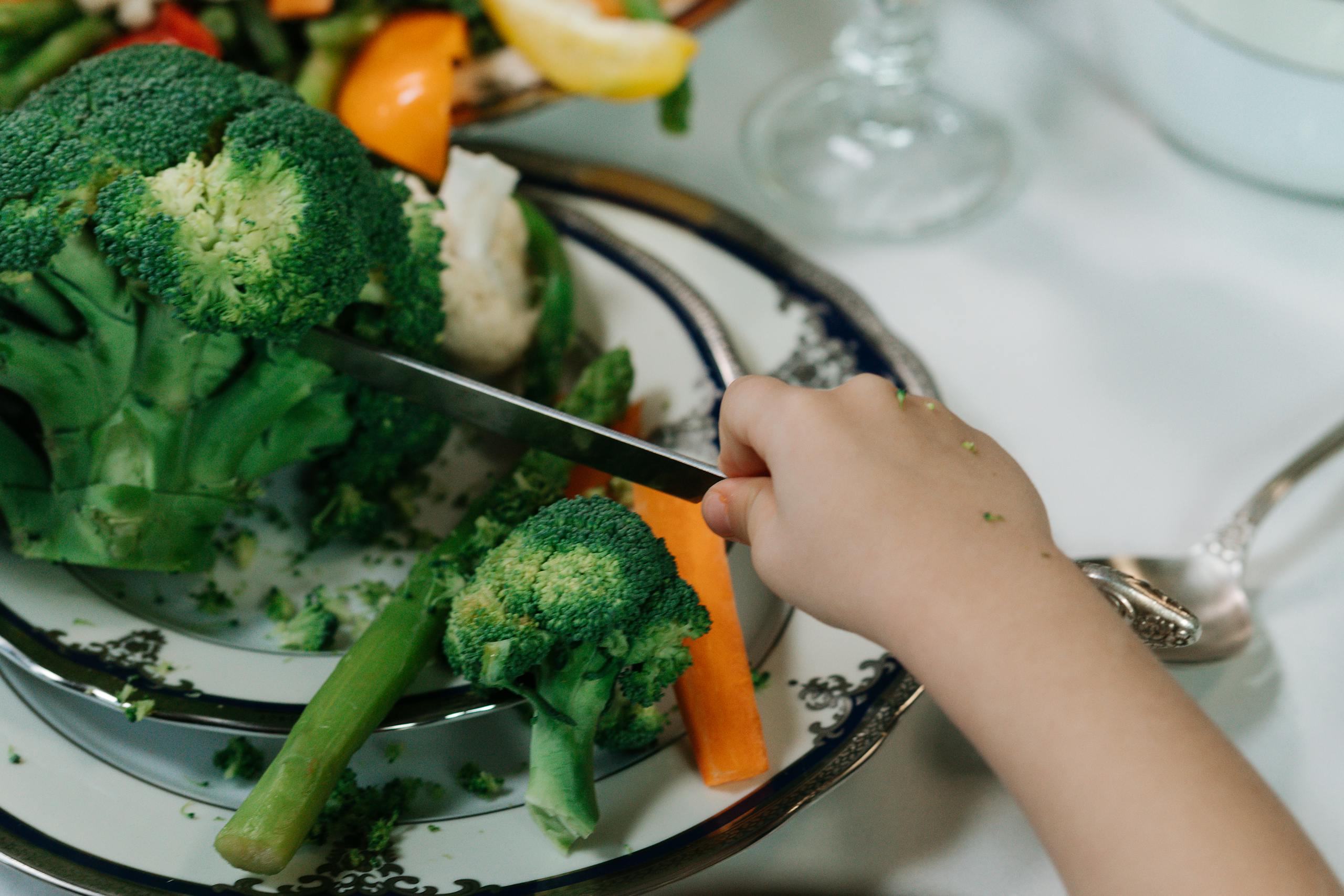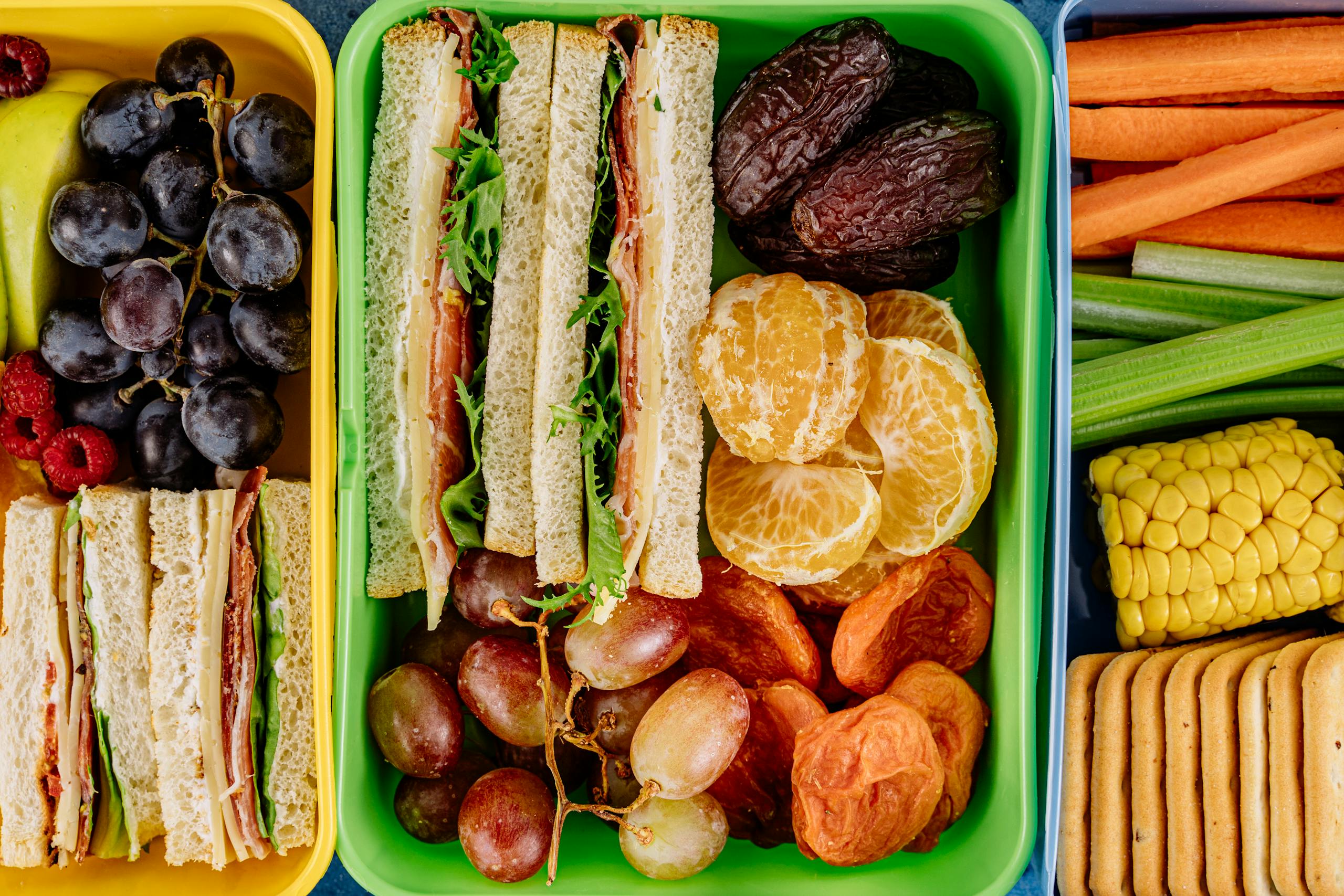10 Practical Tips to Help Picky Eaters Try New Foods
Although picky eating is a common phase a lot of toddlers and kids go through, it can still be a frustrating and disheartening experience as a parent! This post features 10 practical tips from my experience as a pediatrician to help picky eaters try new foods.
Disclaimer: The information provided in this blog post is for general informational purposes only and is not intended as medical advice. Always consult with your child’s pediatrician before making any changes to their diet or feeding approach, especially if you have concerns about nutrition, growth, or feeding difficulties. Read the full disclaimer here.

If you’re in the trenches with a picky eater, you’re not alone!
Picky eating is a common phase that a lot of toddlers and preschoolers go through. It’s definitely one of the most common concerns I hear from parents during a toddler’s well check – especially around the 2-4 year mark.
But just because it’s common doesn’t make it any easier as a parent! I know it can be hard seeing your child refuse to eat a previously loved food or when you spend hours preparing a meal only to have most of it end up on the floor.
In this post, I’m sharing 10 practical tips to help encourage your little one to try new foods. These are general tips & recommendations based on my personal experience as a pediatrician, and some tips may not be the best fit for every family or child.
It’s important to make sure you talk with your child’s healthcare provider if you have any concerns about persistent feeding difficulties, growth concerns, or nutrition concerns.
Also, note that this isn’t a quick fix! Getting children to accept new foods can take time, consistency, and a lot of patience. So don’t give up if you don’t see a change right away. Try each strategy one at a time and see which one(s) seem to fit the best. Don’t give up! You got this, mama!

Need snack ideas? 🍿
Sign up for my email list & I’ll send you a FREE printable list of 101 snack ideas!
Disclaimer: The information provided in this section is for general informational purposes only and is not intended as medical advice. Always consult with your own doctor or your child’s pediatrician before making any changes to your diet or your child’s diet/feeding approach. Read the full disclaimer here.
1. Make Mealtimes Low-Pressure
One of the most powerful mealtime strategies (and often the most difficult for parents!) is to take the pressure off of eating.
You want to avoid force-feeding or punishing your child if they don’t finish a meal or try the new food you offered. These tactics can actually increase your child’s anxiety around food/eating and reinforce picky behaviors.
Instead, listen your child’s cues and let them guide you!
I know it can be very hard to watch your child skip a meal. But oftentimes what I find is that if kids don’t eat a lot during one meal, they tend to eat more at the next meal. For example, I have many parents who tell me that their child will eat a giant breakfast but then they don’t eat a lot for lunch.
The most important part is to make sure that you child is gaining height and weight appropriately. Offer a well-balanced plate at each meal to make sure your child is getting all of the important macronutrients, vitamins, and minerals.
Touch base with your child’s pediatrician regularly to make sure your child is growing well and to see if your child’s provider has any other specific recommendations.
2. Start Small
Big portions of unfamiliar foods can feel overwhelming to kids. Try offering a small amount of a new food instead—like a single pea or a sliver of strawberry at first.
This lets them explore the new food without a big commitment. If your child doesn’t eat it or just spits it out – it’s okay! Praise them for at least trying the new food and continue with the rest of the meal.
Another thing I recommend is that you eat the new food along with your child and make sure your child is watching you eat it. Kids love to copy their parents so if they watch you eating the same brand new food that’s on their plate, that may encourage them to try it too!
3. Get Creative With Food Prep
Try to present new foods and meals with a creative, unique twist. This may involve arranging food in fun patterns or shapes, trying different food textures, or even something super simple like pairing foods with a dip.
I absolutely love Pinterest for finding fun ideas for prepping kid-friendly meals and snacks. Here are some of my favorites:
- Making a bear-shaped toast
- Cutting PBJ sandwich into little stars
- Making homemade dinosaur nuggets
- Whipping up a quick smoothie
- The old-school ants on a log snack
- Pairing cut up veggies with their favorite dip!
Sometimes making food interactive and presenting it as a fun experience can make mealtimes more enjoyable. If you want some tips & ideas for creative ways to present vegetables to your child, check out this post!
4. Create Mealtime Routines
Kids thrive on routines! Establish a consistent time each day for breakfast, lunch, dinner, and snacks. Bonus points for eating meals together at the table!
This will help regulate their appetite and may also help decrease excessive grazing in between meals. Plus, as I always say, kids love copying their parents. If they watch you try a new veggie, it may encourage them to try it too!
As an aside – one thing I sometimes see parents do is offer their child milk if they don’t eat well during meals. Milk is an important source of dairy, protein, and calcium however it’s not a complete meal and not a replacement for food.
In fact, too much cow milk can cause anemia and constipation. It also doesn’t have enough calories, vitamins, and minerals that your child needs from other sources of food.
I generally recommend no more than 16-24oz of milk per day. I also don’t recommend giving toddler formula as a replacement for meals unless it is recommended by your child’s pediatrician.
5. Serve a “Safe Food” at Every Meal
A “safe food” is a food that you know your child enjoys eating. It’s usually one of their favorite foods! One trick I recommend is pairing a “safe food” with something new. For example – if you know your child loves eggs, try adding a few bits of a new vegetable to it. Or, if they love pasta try adding a few pieces of chopped up meat to it.
Some kids may pick around the new stuff and only eat the safe food, and that’s okay! Keep trying at each meal, but keep it low-pressure. It may take many, many tries until they’re ready to give the new food a try.

Need snack ideas? 🍿
Sign up for my email list & I’ll send you a FREE printable list of 101 snack ideas!
6. Share Meals Together at the Table
Eating meals together at the table is not only important for family bonding, but also for modeling good eating behaviors.
Kids love copying their parents! When they see you trying something new with a relaxed attitude, it sends the message that trying new foods is normal and enjoyable – and it may get them to try a bite too!
I totally get that it may not be possible to eat together for every single meal. Picking out just 1-2 times per week that you can eat together as a family is a great way to start!
Over time, you can gradually add more pockets of time to share meals together. Make sure that the TV is turned off, there’s no tablets around, and just enjoy some good ol’ family bonding time!
7. Let Them Get Involved in Food Prep
Letting kids get involved in food prep can help them get invested & interested in trying the dish. Even young toddlers can help rinse veggies, stir the batter, or sprinkle cheese on top of a dish.
You can even turn it into a little game! It’s also a good opportunity to let the kids touch, smell, and play with the food and give them a chance to get more comfortable with it.
For older kids, I recommend taking them grocery shopping with you and letting them pick out a new fruit or vegetable to try out. Or, give them a few healthy options and let them decide which one they want to try for dinner that night.
8. Avoid Distractions While Eating
This is a hard one for a lot of parents! I know it can be tempting to feed kids while they’re playing or looking at the tablet. However, this tends to shift their attention away from eating, making it harder for them to recognize when their tummies are full.
Try to make sure that most meals are eaten at the table to help minimize distractions. If your child is used to having a screen during meals, try to cut screen time little by little and replace it with music or conversation instead. This may take some time, but just be consistent!
9. Celebrate The Small Wins
Instead of focusing only on whether or not your child ate the new food, praise them on the small wins—like touching, smelling, or even licking the food. These steps are part of the learning process and deserve recognition too!
I really believe that positive reinforcement is so, so, so important for behavior modification in children. It helps them build confidence and keeps the overall learning experience positive.
10. Rinse, Repeat, & Rinse Some More
Don’t get me wrong – even with all the helpful tips & tricks in the world, some kids are just very very picky! It can take 10, 20, or even 50 attempts before your child agrees to trying something new —which is totally normal!
Keep offering new foods consistently without any pressure. Even if they refuse to touch it or push it away every time, just having the food on their plate or seeing it on the table is valuable exposure. Over time, they may get comfortable enough to try even just a small taste!
Just a word on “sneaking in” foods
So, this is a hard one to comment on. Many dietitians and experts don’t recommend hiding or sneaking in certain foods like vegetables into meals. I do agree with that general idea since it can foster mistrust around vegetables and food in general.
It also defeats the purpose of teaching your child to have a healthy relationship with vegetables and other foods. I recommend letting your child see, explore, and interact with vegetables and other new foods whenever possible, even if you know they may not like it. Have them name the food, explain the texture, describe the taste, etc.
That being said, I don’t think there’s anything wrong with occasionally offering your child recipes with blended veggies – like a veggie pouch, a veggie-loaded pasta sauce, zucchini muffins, or spinach pancakes!
However, you don’t want to completely rely on these hidden ingredient recipes. You still want to offer your child wholesome recipes where they can see and identify vegetables and other nutritious ingredients inside it.
I hope you enjoyed this post and found a few of these tips useful! If you have any other helpful tips, share them in the comments below!
Again, these are general tips & recommendations based on my personal experience, and some tips may not be the best fit for every family or child. It’s important to make sure you talk with your child’s healthcare provider if you have any concerns about feeding difficulties, growth, or nutrition concerns.
Need more tips and practical strategies? This colorful infographic from HealthyChildren (a parent-friendly resource from the American Academy of Pediatrics) lists even more tips for feeding picky eaters!





